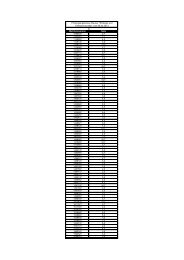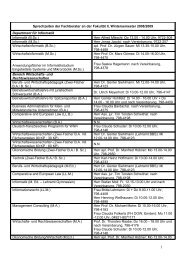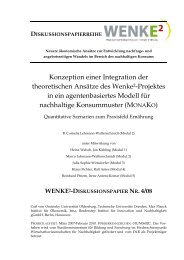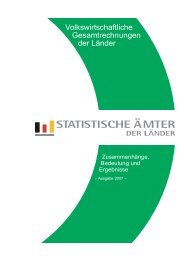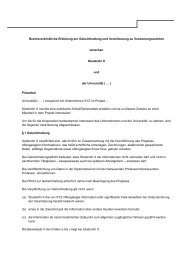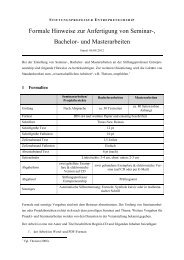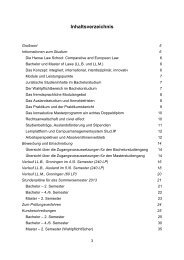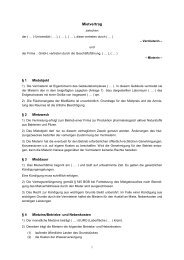Pro-Environmental Behavior and Rational Consumer Choice
Pro-Environmental Behavior and Rational Consumer Choice
Pro-Environmental Behavior and Rational Consumer Choice
Create successful ePaper yourself
Turn your PDF publications into a flip-book with our unique Google optimized e-Paper software.
<strong>Pro</strong>-<strong>Environmental</strong> <strong>Behavior</strong> <strong>and</strong> <strong>Rational</strong> <strong>Consumer</strong> <strong>Choice</strong> 16<br />
Second, given that not all of the required indicators are available for all individuals, we<br />
are faced with sub-samples that are smaller than the total sample. Moreover, these subsamples<br />
may be not representative. To check for this possibility, Figure 1 shows the<br />
frequencies of the ten life satisfaction categories for the complete sample <strong>and</strong> the various<br />
sub-samples in which the environment-related variables are available (see also Table B4 in<br />
Appendix B). The distributions within these sub-samples are very similar to those within<br />
the complete sample. We therefore consider the sub-samples in which the environmentrelated<br />
questions were asked as adequate representations of the distribution of life<br />
satisfaction.<br />
Figure 1: Frequency distribution of life satisfaction in total sample <strong>and</strong> sub-samples in<br />
which environment-related variables are available<br />
percent<br />
20.00<br />
18.00<br />
16.00<br />
14.00<br />
12.00<br />
10.00<br />
8.00<br />
6.00<br />
4.00<br />
2.00<br />
0.00<br />
1 2 3 4 5 6 7 8 9 10<br />
life satisfaction<br />
Total Sample<br />
Green products<br />
Recycling<br />
Water conservation<br />
Priority<br />
WTP20<br />
The next section addresses the question whether the apparent positive association between<br />
pro-environment consumption <strong>and</strong> subjective well-being from Table B3 is robust to the<br />
inclusion of income, country <strong>and</strong> time dummies, <strong>and</strong> the controls discussed above.<br />
4 Empirical Results<br />
4.1 Preliminaries<br />
The empirical analysis proceeds in several steps. Subsections 4.1 <strong>and</strong> 4.2 consider basic<br />
versions of model (4) from subsection 3.1 in which interactions of pro-environment<br />
consumption with individual <strong>and</strong> societal conditions are omitted. Subsection 4.3 introduces<br />
interactions with indicators of materialistic attitudes, thus checking the proposition that<br />
such attitudes may enhance choice distortions with respect to pro-environment<br />
consumption. Subsection 4.4 considers interactions with measures of education <strong>and</strong><br />
familiarity with pro-environmental behaviors.<br />
All 5





